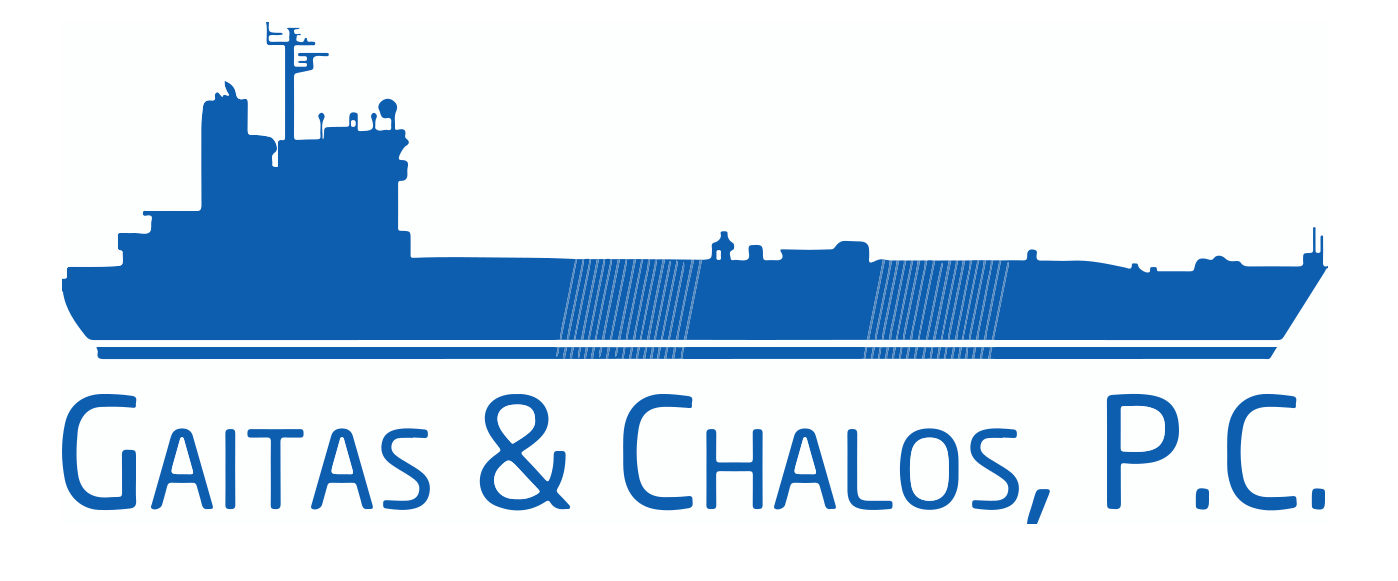This is a summary of a presentation of Mr. George Gaitas at TheSeaNation conference “The Global Impact of Shipping” held in Athens, Greece on March 14, 2018.![]()
We start from the fact that there is little or no cooperation between countries in matters of cross-border insolvency. Quite the opposite is true, i.e. virtual anarchy. In the aftermath of the ship-financing crisis that started in the end of 2007 and has perhaps ended or will end this year, the industry has strived to survive in part through “restructuring.” It is an ongoing effort. Tradewinds reported just yesterday on a major banking group planning to spin-off its, also major, ship-financing bank subsidiary. The irony is that two former important leading employees of the bank some two years ago became professional restructurers and they are reportedly driving this deal. Tradewinds, also, has had some 18 news reports about restructuring since March 1, and more than 50 last February.
For the most part “restructuring” represents legitimate, benign efforts to make things work: e.g. liquidating unprofitable assets; making various arrangements with financing banks, re-focusing business activity, bringing in new management, or even filing for re-organization in the courts. But in the last 3-4 years we’ve seen another sort of restructuring. “ Restructuring of Ownership”. Not in the sense of a straightforward liquidation of shipping assets, but in the sense of a well-planned methodical transfer of the assets to surrogates of the same equity owners, with the blessing and participation of the same financing institutions complete with new loan agreements, mortgages, MOA’s, and transfers of the “purchase price”; and ring-fencing of the assets against unsecured creditors. The end product is complete default to unsecured creditors who provided chartered-in tonnage to the restructured group.
For unsecured creditors, fighting back is difficult because of the virtual anarchy noted. Exactly which court has jurisdiction to enforce the $ 3,500,000 London arbitration award against the restructured entity or the insolvent predecessor?
As American shipping litigation lawyers, we feel that targeting the “sold” assets and related property are the only way to enforce-collect. We use Admiralty Supplemental Rule B to attach the property and gain a jurisdictional foothold. We use intrusive jurisdictional discovery to follow the paper trail of “restructuring.” Our federal courts in admiralty Rule B practice can set aside fraudulent transfers; they can pierce corporate veils; they can treat the Newco resulting from restructuring as a successor corporation of Oldco, and the two as de facto merged, or treat the Newco as a mere continuation of the Oldco. We feel the sort of “restructuring” discussed is unfair to the vast majority of hard working, risk-taking owners. Financing institutions should not lend themselves to a process which is contrary to the laws of the market, and perhaps the laws of several countries.


